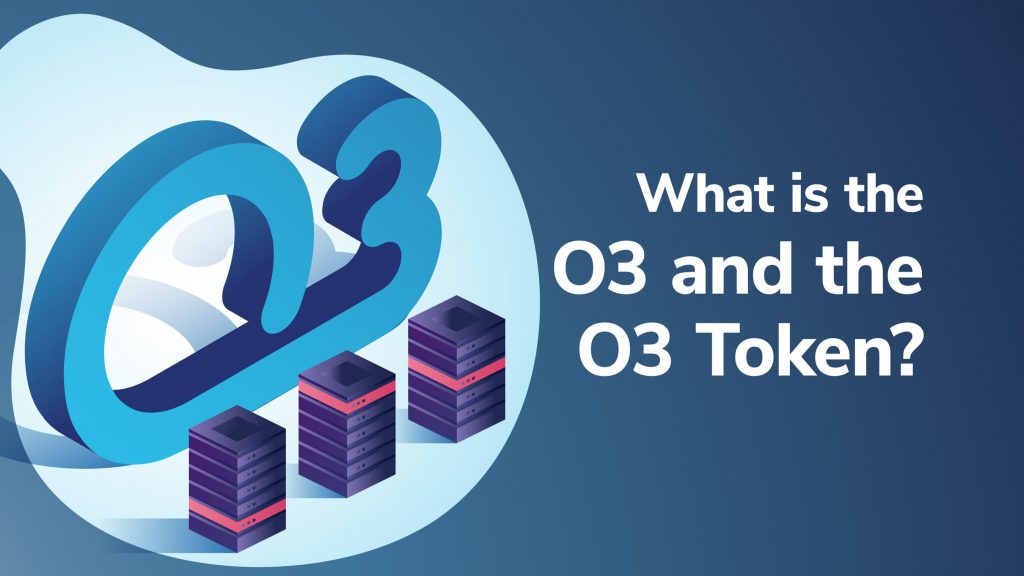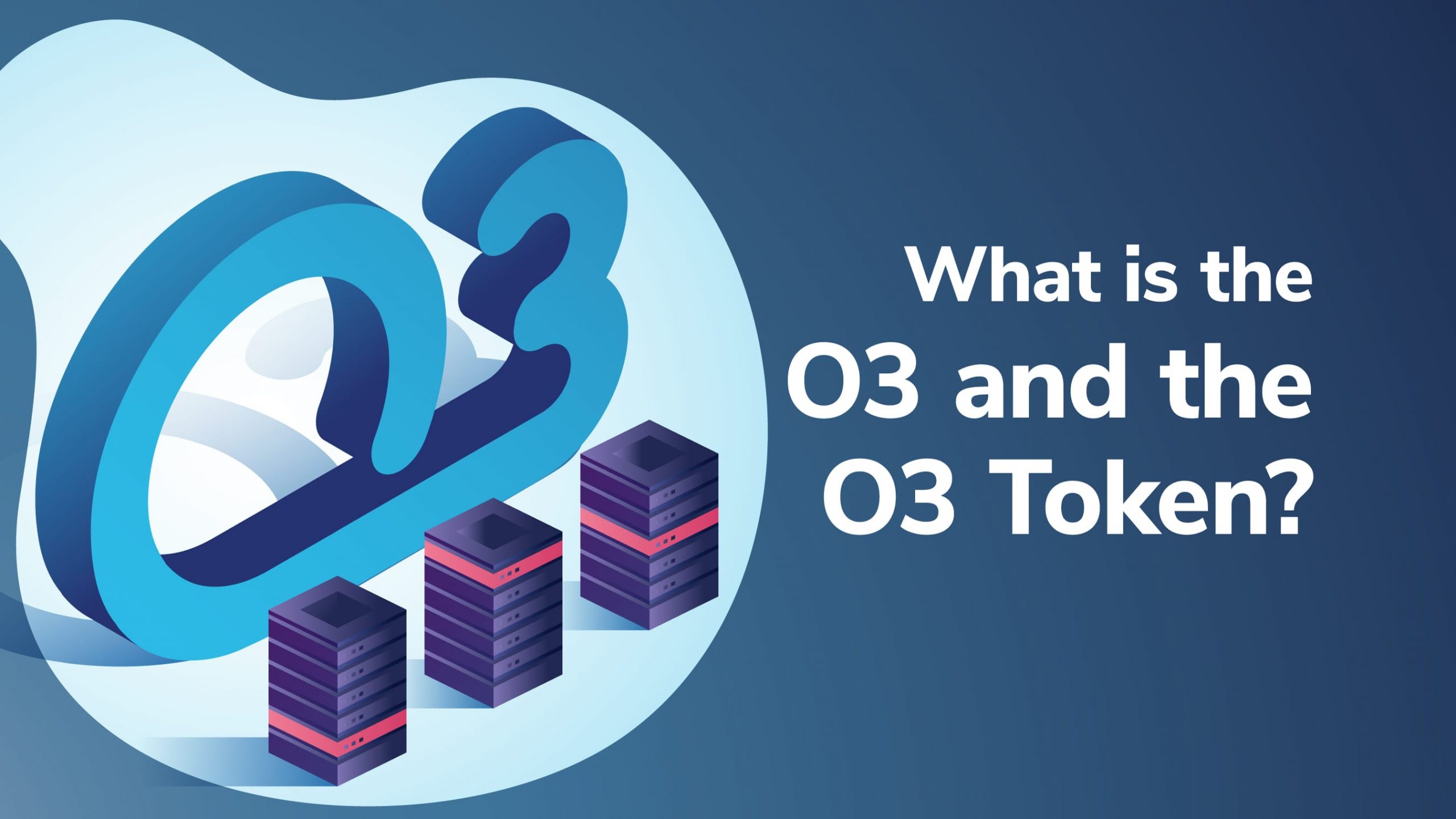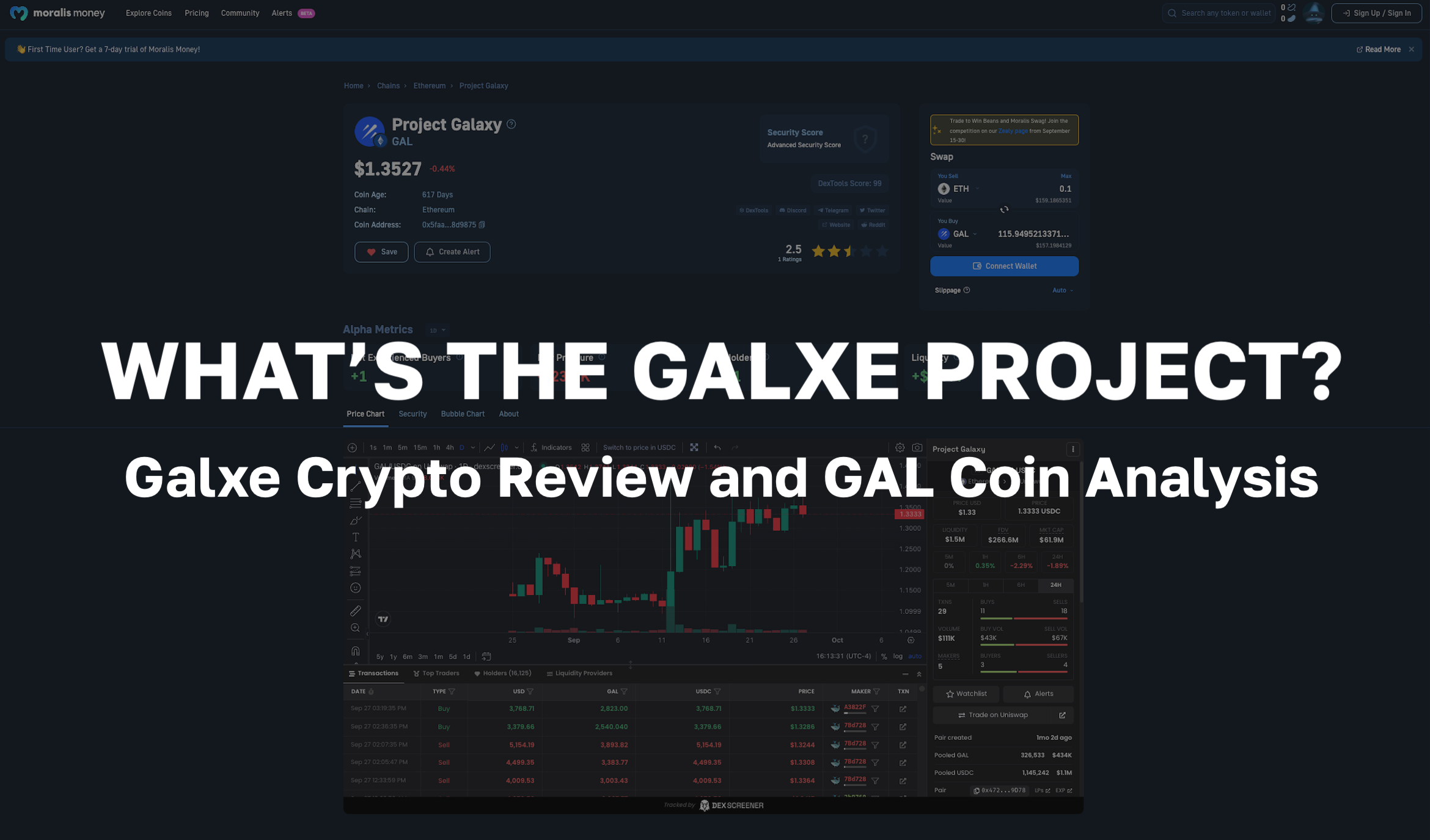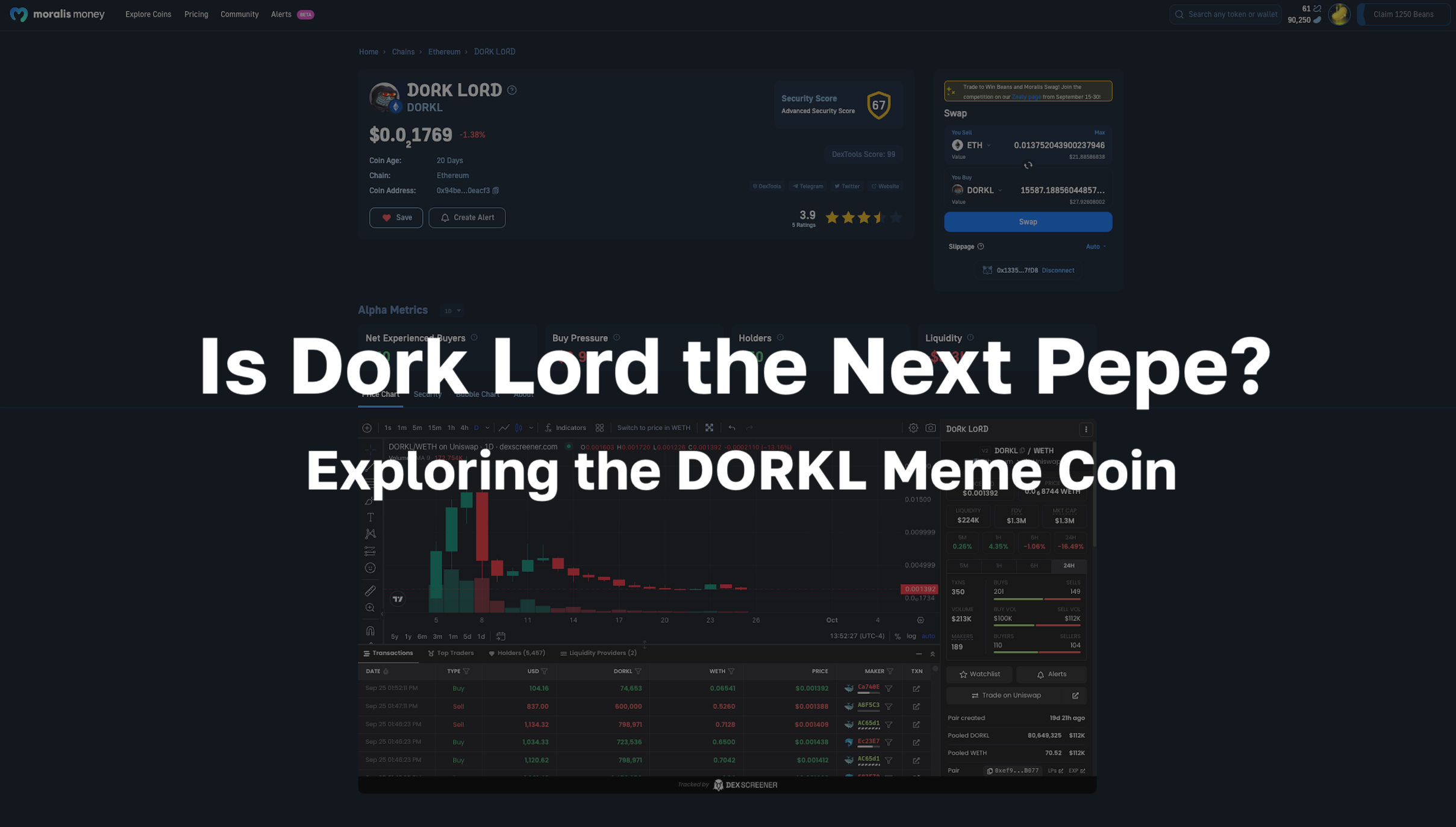
Developed by O3 Labs, O3 Swap is a cross-chain yield aggregator that finds the most efficient and cost-effective order routing for asset exchanges. By aggregating liquidity from some of the most prominent blockchains, layer-2 solutions, and decentralized exchanges (DEXs), the O3 Swap protocol makes cross-chain token swaps simple. Furthermore, liquidity providers can earn O3 token rewards from various liquidity pools throughout the DeFi ecosystem using the O3 wallet.
In this article, we’re going to dive deep into the O3 Swap platform. We’ll discuss the O3 token, O3 Labs, and the O3 wallet. Plus, we’ll explore some of the liquidity sources used by the protocol, how liquidity aggregation works, and why cross-chain yield aggregator platforms are seeing such tremendous adoption.
If you’re new to crypto, and the idea of DEXs, liquidity aggregators, and liquidity pools sound a little intimidating, check out the Crypto for Beginners course at Ivan on Tech Academy. This course teaches you how to buy, sell, and trade cryptocurrency safely. Plus, we show you how to keep your assets safe using a hardware wallet and provide tips to help you avoid scams!
Following this, be sure to check out our Blockchain & Bitcoin 101 and Ethereum 101 courses. Here, we teach you the core principles of blockchain technology and the key differences between the two most prominent blockchains. Start your crypto journey today, with Ivan on Tech Academy!
What is O3 Swap?
Developed by O3 Labs Inc., a Tokyo-based IT service management company, O3 Swap is a cross-chain yield aggregator. O3 Swap aggregates liquidity from various decentralized exchanges (DEXs) to reduce price slippage and find the best order routing for cross-chain token swaps.
O3 Swap is an open-source project that combines a cross-chain liquidity aggregator with cross-chain liquidity pools. With just a single click, users can find the best prices for token swaps across some of the most prominent blockchains. Using a four-layered structure, O3 Swap facilitates high liquidity to create an efficient, stable trading environment with minimal slippage. Below we discuss the four core elements of O3 Swap and how they function.
Network Layer
The network layer is the foundation O3 Swap protocol cross-chain yield aggregator. This layer aggregates liquidity from a range of highly performant and versatile public blockchains. These include Ethereum, Binance Smart Chain (BSC), Neo, and Huobi ECO Chain. Plus, the network layer also supports decentralized exchanges (DEXs) built on layer-2 networks such as Polygon’s QuickSwap. As the O3 ecosystem continues to expand, we can expect to see further integrations with other networks, including Polkadot.
Market Liquidity
The market liquidity layer enables the platform to establish efficient order routing from the network layer. This helps to provide the best possible quotes for traders from various exchanges across different blockchain networks.
Settlement Layer
The O3 Swap settlement layer uses smart contracts and private key authorization to complete transactions after establishing optimal routing for token swaps. The various cross-chain liquidity pools and decentralized exchanges (DEXs) used throughout the O3 ecosystem make up the settlement layer to finalize O3 Swap asset exchanges.
Application Layer
The application layer provides an application programming interface (API) to enable developers to integrate different blockchain-based applications seamlessly. In turn, this creates a versatile, user-friendly, and convenient trading environment.
What is a Liquidity Aggregator?
A liquidity aggregator is an application that finds the best routing for orders across various decentralized exchanges (DEXs). Liquidity aggregators can save traders money by routing orders through several exchanges to achieve the lowest price slippage by finding the best exchange rates across multiple exchanges. This is particularly useful when purchasing illiquid assets or placing large orders, as this can often push the price up. Moreover, liquidity aggregators maximize gains and minimize price slippage by finding the best prices for token swaps across several exchanges.
What is Slippage?
Slippage is the term that describes the difference in price from what a trader expects to pay and the actual price paid for an asset following the execution of an order. High slippage can be a problem for traders when placing large orders on low cap or illiquid assets. For example, if a trader places an order for an asset that is larger than the 24-hour trading volume for that day, the price impact could be substantial.
Let’s say that the asset begins at $10 per token. A large order on a single exchange could increase the price of the token. As such, the price quoted for the token could be much higher than the price a trader actually pays for each token. The same also works in reverse. If a trader places a large sell order, the price could also go down if the asset is illiquid on a particular exchange. Moreover, liquidity aggregators solve this issue by routing orders between multiple exchanges to reduce slippage and maximize price consistency.
O3 Token
Underpinning the smooth-running of the project infrastructure, the O3 Swap token (O3) is a multi-utility token crucial to the O3 Swap cross-chain yield aggregator. Moreover, the O3 tokenomics model incentivizes honest behavior from all participants in the network.
The O3 Swap token (O3) can be used by holders for trading on exchanges or to earn a passive income with rewards as a liquidity provider. Furthermore, the O3 token facilitates governance rights with the ability to vote on proposals on updates to the platform. However, users only gain governance rights upon staking O3 within the platform. Also, upon staking O3, users receive discounts on trading fees.
The O3 Treasury is responsible for managing the tokenomics of the O3 Swap token (O3) alongside producing public reports of O3 Swap’s income. Furthermore, the Treasury operates with a buy-back model. All the revenue generated across the O3 Swap platform is used to buy back O3 tokens from public crypto exchanges at market price. Then, these O3 tokens are split between the O3 token stakers and the development committee. To begin with, stakers will receive 70% of the tokens, rewarding users proportionally to the amount of O3 tokens they have staked.
The development committee receives the remaining 30% to reinvest in the O3 Swap infrastructure. At the time of writing, during the initial phases of launch, the O3 Swap development committee comprises O3 Labs, plus “community contributors, and representatives who obtained a majority of votes”. However, as the project develops, new development committee members will be voted in by token holders. The O3 Swap decentralized autonomous organization (DAO) is the distributed network of bodies that can decide upon the distribution percentage of the buy-back mechanism.
O3 Hub
O3 Hub is a series of cross-chain liquidity pools that operates on Poly Network. Using the StableSwap exchange provided by Curve, users benefit from optimal pricing with minimal slippage on cross-chain stablecoin swaps. Plus, this type of liquidity provision reduces impermanent loss, which is a common problem for liquidity providers (LPs).
O3 Hub enables traders to execute seamless multi-chain token swaps using cross-chain liquidity pools. Furthermore, liquidity providers can earn LP tokens and stake them to earn O3 token rewards.
Ice Age Mining
Ice Age Mining is a novel approach to cross-chain liquidity mining with stablecoins. O3 is introducing Ice Age Mining in four phases. Ice Age Mining #1 Ethereum, Ice Age Mining #2 Binance Smart Chain (BSC), Ice Age Mining #3 Huobi Eco Chain (HECO), and Ice Age Mining #4 Polygon. Users deposit stablecoins into cross-chain liquidity pools, receiving LP tokens in return. Then, users can mine O3 tokens by staking their LP tokens in the platform Vault.
O3 Swap Liquidity Sources
As a multi-chain liquidity aggregator, O3 Swap sources liquidity from leading decentralized exchanges (DEXs) across various blockchains. By doing this, O3 swap optimizes trading routes and finds the best prices for cross-chain token swaps, including layer-2 networks. Plus, O3 Swap boasts no trading limits and no hidden fees. Moreover, users can execute cross-chain token swaps with just a single click. Below, we look at the different DEXs, blockchains, and layer-2 networks providing liquidity to the O3 Swap cross-chain yield aggregator.
Ethereum
Ethereum is the largest smart contract-enabled blockchain and host to over 80% of decentralized finance (DeFi) applications. Some of the most popular decentralized exchanges (DEXs) throughout the DeFi ecosystem were built on Ethereum. Among these, DEXs supplying liquidity to O3 Swap are Uniswap, Balancer, Bancor, and SushiSwap, to name a few.
Binance Smart Chain (BSC)
Not to be confused with Binance Chain, Binance Smart Chain (BSC) is the smart contract-enabled blockchain in the decentralized arm of Binance. As Binance is the leading centralized cryptocurrency exchange in terms of trading volume, BSC has seen massive adoption in recent months. Among the most prominent DEXs to arise from BSC is PancakeSwap. Top-performing DEXs on BSC to provide liquidity to O3 Swap include PancakeSwap and BakerySwap.
NEO
The O3 Swap liquidity aggregator also sources liquidity from projects within the NEO ecosystem. These include some lesser-known DEXs such as Flamingo, Nash, and Switcheo.
Huobi Eco Chain (HECO)
Huobi Eco Chain (HECO) is host to the blockchain-based ecosystem of the Huobi Group. With a significant focus on the enterprise adoption and integration of blockchain technology, the native HT token powers HECO. Huobi is a popular cryptocurrency exchange that, similar to Binance, is introducing a decentralized aspect to its business model. As one of the largest crypto exchange platforms in China, Huobi has seen tremendous success and adoption. Some of the decentralized exchanges (DEXs) created on HECO that provide liquidity to O3 Swap include MDEX, ChocoSwap, and LAVAswap.
Polygon
As a layer-2 solution for Ethereum, Polygon (previously Matic Network) uses Plasma sidechains to help get decentralized applications (dApps) to market fast. Layer-2 solutions have become a popular alternative for building decentralized exchanges (DEXs) and decentralized applications (dApps) as they do not suffer from the same network congestion and high gas fees as applications built on the main Ethereum chain. O3 provides cross-chain bridges for various layer-2 solutions, including the popular automated market maker (AMM), QuickSwap.
Polkadot
Soon, the Polkadot ecosystem will also provide liquidity to O3’s cross-chain yield aggregator. Polkadot is at the forefront of cross-chain interoperability, with many projects due to launch via the Polkadot ecosystem. To learn more about Polkadot, be sure to check out the Polkadot 101 course at Ivan on Tech Academy! This course teaches you all about Polkadot, including the Relay Chain, parachains, parathreads, and the Substrate framework!
O3 Wallet
The O3 wallet is an all-in-one solution for storing crypto assets. As a multi-asset compatible crypto wallet, the O3 wallet also offers fiat on-ramp solutions. Plus, the O3 wallet offers a decentralized finance (DeFi) gateway, allowing users to access DeFi protocols without leaving the wallet. Also, the O3 wallet allows O3 token holders to earn rewards by delegating their tokens to network validators.
Furthermore, privacy and security are of the utmost importance to O3. The O3 wallet is non-custodial, meaning the project doesn’t store users’ private keys. Moreover, users don’t need to create an O3 account, ensuring their identity remains private with full access to their funds. Additionally, despite the user-independence focus of the O3 wallet, the O3 team offers a support team available around the clock should users need advice.
O3 Swap Roadmap
The website displays the O3 Swap roadmap, highlighting the achievements and goals O3 Swap aims to complete this year. During Q1 2021, the project launched its official website alongside publishing the O3 Swap Litepaper. In Q2-Q3, 2021, the project plans to launch Ethereum and Binance Smart Chain (BSC) integrations. At the time of writing, O3 Swap has successfully achieved these goals, offering a cross-chain service through the release of the O3 Hub. Moreover, the O3 Version 1 has gone live.
During Q4, 2021, the project aims to launch the O3 Swap decentralized autonomous organization (DAO) Version 1. Also, the development of the O3 Hub will include layer-2 networks. Moreover, O3 plans to deploy an aggregation protocol on layer-2 networks during this period too.
The O3 Swap roadmap includes plans for 2022 as well. Following a successful launch of the O3 Swap decentralized autonomous organization (DAO) and O3 Version 1, O3 Swap plans to release version 2 (v2), which will include support for instant quotes and pending orders. Further to this development, O3 Swap hopes to release the O3 network and launch cross-chain 2.0. This aims to improve the user experience (UX) of cross-chain decentralized finance (DeFi) protocols.
What is O3 Swap & the O3 Token Summary
Combining deep liquidity from some of the most widely-used blockchains and decentralized exchanges (DEXs), O3 Swap offers a seamless multi-chain asset exchange. Plus, O3 Swap offers liquidity providers access to a diverse range of versatile liquidity provision options. Not only does this make cross-chain token swaps cheaper and more efficient, but it also lowers the barrier for entry to cross-chain decentralized finance (DeFi).
Moreover, with just a few clicks, users can access a wide variety of liquidity sources from the highest quality liquidity providers in the industry. Furthermore, navigating multi-chain exchanges and liquidity provision is made extremely straightforward. Accordingly, users with little experience in DeFi can explore and navigate a wealth of decentralized applications (dApps) available from a single, convenient location.
For a world-class education in decentralized finance (DeFi), check out the DeFi 101 course at Ivan on Tech Academy. This course teaches you how to install and use the most prominent Web3 wallet, MetaMask. Plus, we show you how to use it with various DeFi protocols, including Uniswap, Aave, Synthetix, MakerDAO, and Compound!
Then, why not check out our DeFi 201 course? Here, we teach you about flash loan programming, crypto arbitrage, yield farming, and more! Take your DeFi game to the next level with Ivan on Tech Academy! Also, don’t forget to follow us on Twitter @Academy_IOT! We want to know your thoughts about O3 Swap, O3 Labs, and the O3 token!





